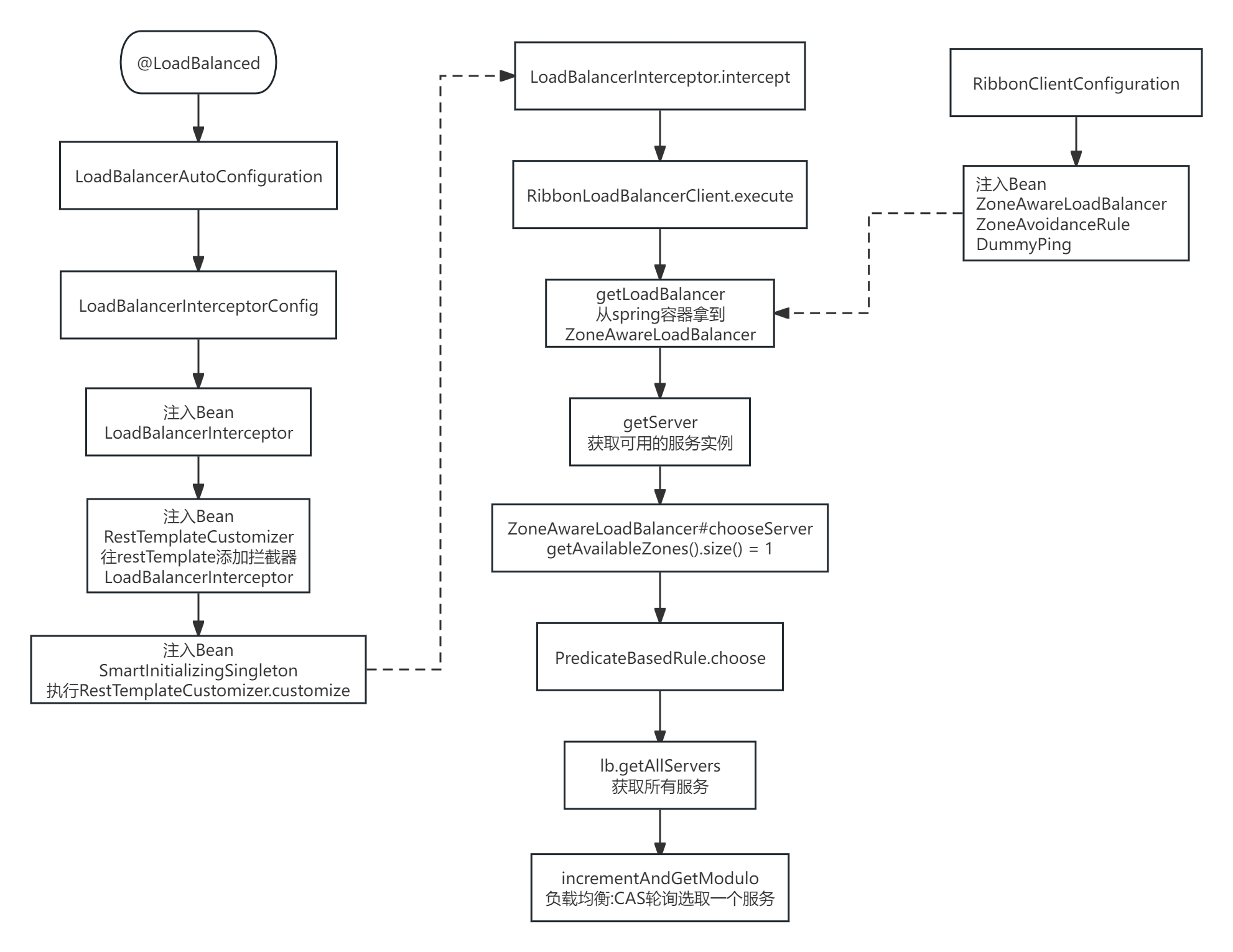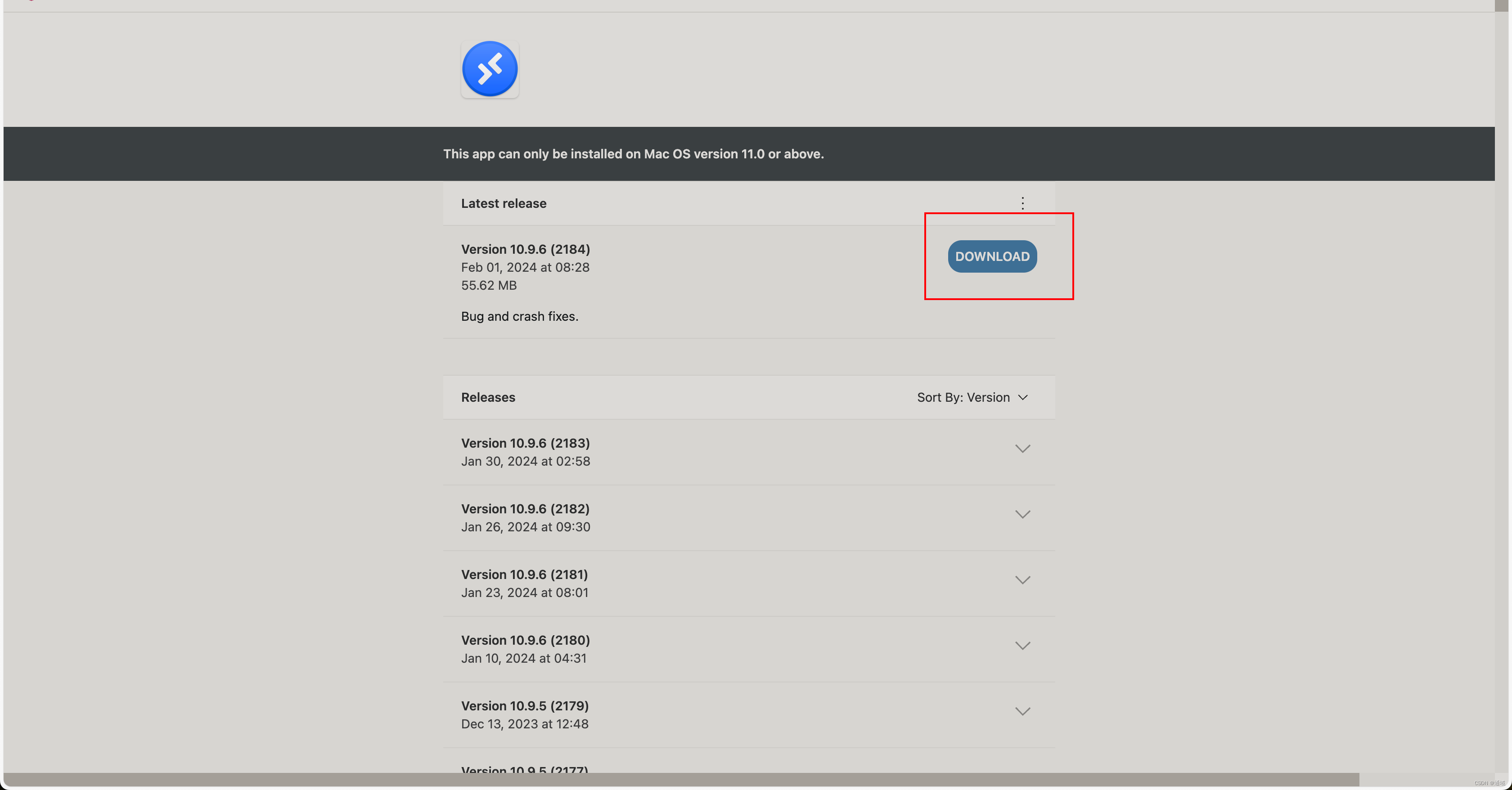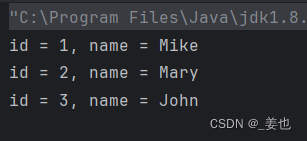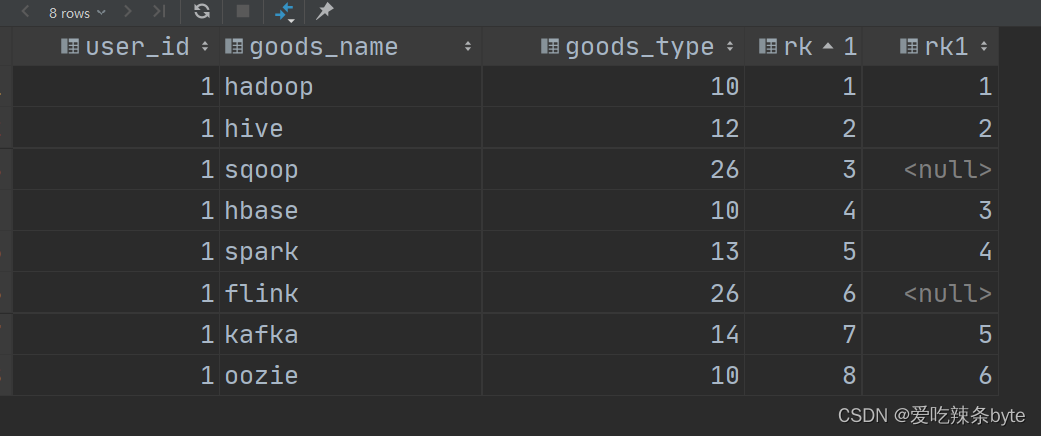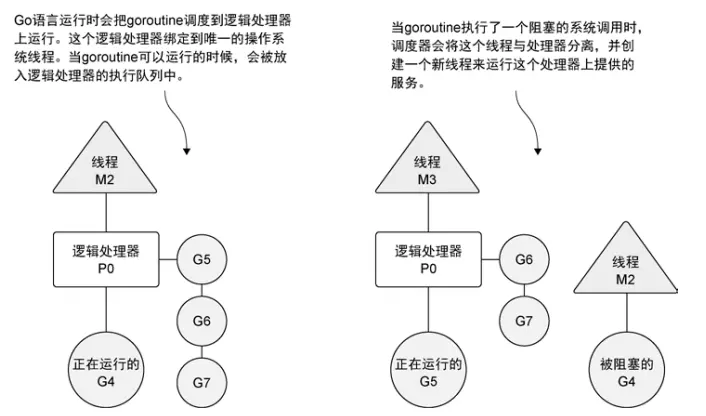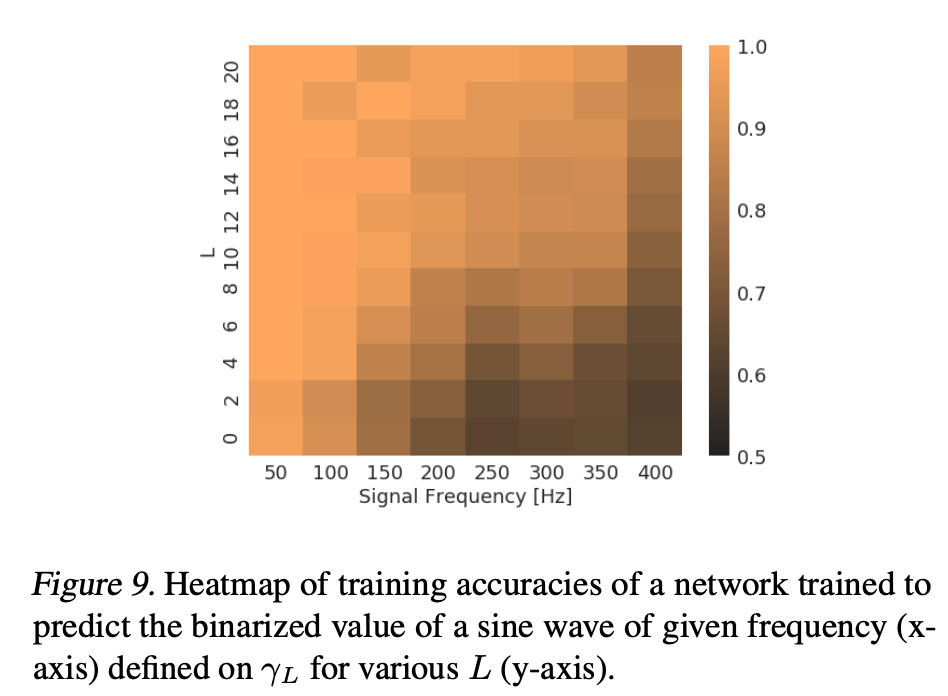随机森林(Random Forest)是一种集成学习方法,用于改善单一决策树的性能,通过在数据集上构建多个决策树并组合它们的预测结果。它属于一种被称为“集成学习”或“集成学习器”的机器学习范畴。
以下是随机森林的主要特点和原理:
1. 决策树的集成:随机森林通过构建多个决策树来解决问题。每个决策树都是一种分类器,通过对输入数据进行一系列的决策来进行分类。
2. 随机抽样:在构建每个决策树时,随机森林从原始数据集中进行有放回的随机抽样。这意味着每个决策树的训练数据都是从原始数据集中随机选择的,并且每个样本有可能在一个树中被多次选择,而在另一个树中可能一次都没有被选择。
3. 特征随机性:随机森林还引入了特征的随机性。在每个节点上,算法仅考虑一个随机子集的特征来进行分裂。这有助于确保每个决策树都不会过于依赖于某些具体特征。
4. 投票机制:随机森林中的每个决策树都对新样本进行分类,最终的分类结果是通过投票机制确定的。即,每个树投票给某一类别,最终选择得票最多的类别作为随机森林的最终预测结果。
优点:
- 对于大量特征和样本的高维数据集,随机森林通常表现出色。
- 对于缺失值和不平衡数据的处理较为鲁棒。
- 通过对多个树的组合,降低了过拟合风险。
随机森林在实践中广泛应用于分类和回归问题,并且由于其性能和鲁棒性而成为许多机器学习任务的首选算法之一。
需求:
还是同样,预测哪些人具有购买SUV的可能性。
代码:
import numpy as np
import matplotlib.pyplot as plt
import pandas as pd### Importing the dataset
dataset = pd.read_csv('Social_Network_Ads.csv')
X = dataset.iloc[:, [2, 3]].values
y = dataset.iloc[:, 4].values### Splitting the dataset into the Training set and Test set
from sklearn.model_selection import train_test_split
X_train, X_test, y_train, y_test = train_test_split(X, y, test_size = 0.25, random_state = 0)### Feature Scaling
from sklearn.preprocessing import StandardScaler
sc = StandardScaler()
X_train = sc.fit_transform(X_train)
X_test = sc.transform(X_test)### Fitting Random Forest to the Training set
from sklearn.ensemble import RandomForestClassifier
classifier = RandomForestClassifier(n_estimators = 10, criterion = 'entropy', random_state = 0)
classifier.fit(X_train, y_train)### Predicting the Test set results
y_pred = classifier.predict(X_test)### Making the Confusion Matrix
from sklearn.metrics import confusion_matrix
cm = confusion_matrix(y_test, y_pred)### Visualising the Training set results
from matplotlib.colors import ListedColormap
X_set, y_set = X_train, y_train
X1, X2 = np.meshgrid(np.arange(start = X_set[:, 0].min() - 1, stop = X_set[:, 0].max() + 1, step = 0.01),np.arange(start = X_set[:, 1].min() - 1, stop = X_set[:, 1].max() + 1, step = 0.01))
plt.contourf(X1, X2, classifier.predict(np.array([X1.ravel(), X2.ravel()]).T).reshape(X1.shape),alpha = 0.75, cmap = ListedColormap(('red', 'green')))
plt.xlim(X1.min(), X1.max())
plt.ylim(X2.min(), X2.max())
for i, j in enumerate(np.unique(y_set)):plt.scatter(X_set[y_set == j, 0], X_set[y_set == j, 1],c = ListedColormap(('red', 'green'))(i), label = j)
plt.title('Random Forest Classification (Training set)')
plt.xlabel('Age')
plt.ylabel('Estimated Salary')
plt.legend()
plt.show()### Visualising the Test set results
from matplotlib.colors import ListedColormap
X_set, y_set = X_test, y_test
X1, X2 = np.meshgrid(np.arange(start = X_set[:, 0].min() - 1, stop = X_set[:, 0].max() + 1, step = 0.01),np.arange(start = X_set[:, 1].min() - 1, stop = X_set[:, 1].max() + 1, step = 0.01))
plt.contourf(X1, X2, classifier.predict(np.array([X1.ravel(), X2.ravel()]).T).reshape(X1.shape),alpha = 0.75, cmap = ListedColormap(('red', 'green')))
plt.xlim(X1.min(), X1.max())
plt.ylim(X2.min(), X2.max())
for i, j in enumerate(np.unique(y_set)):plt.scatter(X_set[y_set == j, 0], X_set[y_set == j, 1],c = ListedColormap(('red', 'green'))(i), label = j)
plt.title('Random Forest Classification (Test set)')
plt.xlabel('Age')
plt.ylabel('Estimated Salary')
plt.legend()
plt.show()
关键解释:
- 特征缩放:
- 使用
StandardScaler进行特征缩放,将特征数据进行标准化处理,使其具有零均值和单位方差。 - 均值为零(Zero Mean): 通过减去特征的均值,可以使特征分布的中心位于零点。这样做有助于消除不同特征之间的偏差,确保模型不会在某些特征上过度拟合。如果某个特征的均值远离零,模型可能会更关注那些数值较大的特征。
- 单位方差(Unit Variance): 通过除以特征的标准差,可以将特征的尺度统一为相似的范围。这是因为不同特征可能具有不同的数值范围,如果某个特征的值较大,它可能会在模型中占据主导地位,而忽略其他特征。通过保持单位方差,确保了所有特征对模型的贡献相对均衡。
2. 随机森林分类器:
-
- 使用
RandomForestClassifier创建一个随机森林分类器,设置树的数量(n_estimators)为10,划分标准(criterion)为'entropy',并指定随机种子(random_state)为0。 - criterion: 这是用于衡量分裂质量的标准。在决策树的每个节点上,都需要选择一个特征进行分裂。
criterion参数定义了用于评估分裂质量的准则。在这里,设置为 'entropy',表示使用信息熵来度量不纯度。信息熵越低,表示节点的纯度越高,也就是说,样本越趋向于属于同一类别。
- 使用
结果:


结论:
用随机森林预测的效果是很好的。



